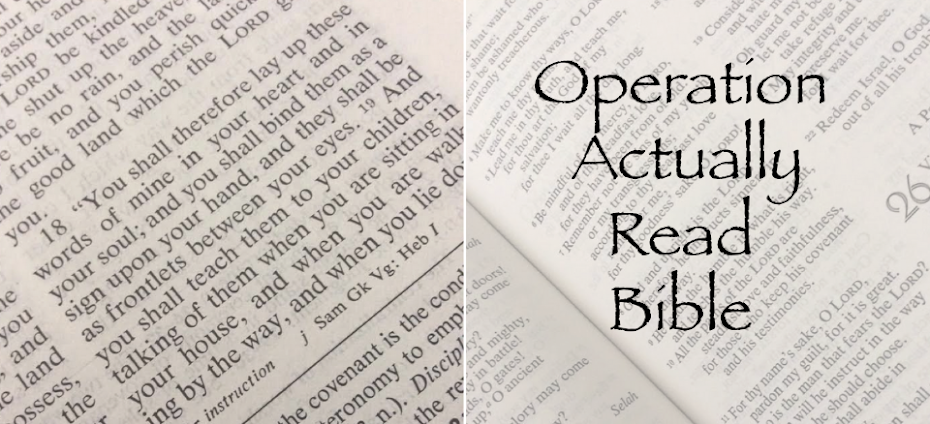KJV Cameo Reference Bible with Apocrypha. Black Calfskin Leather, Red-Letter Text. God. Cambridge Bibles. 2011 this edition. 1868 pages. [Source: Gift]
ISBN 13: 978-1107608078
ISBN 10: 1107608074
First sentence: In the beginning God created the heaven and the earth.
Start date: March 1, 2024. End date: April 7, 2024.
I love, love, love, love and adore this Bible. I do. The paper quality is excellent--absolutely fabulous. Is it as good as India paper???? I haven't read this Cameo side by side with a Cameo with India paper. I do have a few Bibles printed on India paper--I love them all. The paper of this Cameo Reference Bible is supplied by Papeteries du Leman, Thonon-les-Bains France. It is printed in the Netherlands by Royal Jongbloed. Cambridge is the oldest Bible publisher; they have been printing Bibles in English since 1591.
Petit Medieval Clarendon 1159 is the font type and the size is 8 point. It is SMALL, of course, but it is also LIGHT. It is compact in size. It is SO easy to hold and position that the small size is not difficult. Yes, I have tricky vision. Very tricksy. I would never claim that I could easily read a Bible if I struggled with it.
Double-column. Red-letter. It was a pleasant enough red letter. I've seen better. I've seen worse. I've seen a lot worse. I love the layout of this one.
There is separate pagination (page count) for the Old Testament, the Apocrypha, and the New Testament.
The apocrypha includes: 1 Esdras, 2 Esdras, Tobit, Judith, Rest of Esther, Wisdom of Solomon, Ecclesiasticus, Baruch, Song of Three Holy Children, History of Susanna, History of Bel and the Dragon, Prayer of Manasses, 1 Maccabees, 2 Maccabees.
This was my first time reading the apocrypha in the King James Version. I have read Apocryphal books in the Revised Standard Version and the New Revised Standard Version. I'm not sure if they are the exact same books. I am by no means an "expert" when it comes to the Apocrypha. I've read it two to three times. I know one of those was a Catholic edition so that the books may have been different.
My system that I used for most of this project was an adapted Bible in 90 days. I used the Bible Reading Plan Generator, selected my books, and checked that I wanted readings from the Old Testament and the New Testament each "day." I usually read two "days" per day. One in the morning devotions. One in the afternoon/evening devotions. Some days I went ahead and read an extra day. Towards the end, I was doubling and tripling up on readings. I could see the finish line in sight. Now, that being said--speed was not a motivator. My goal was not to rush through and say I did it. I absolutely LOVE love love reading the Bible. I do tend to pick up speed when I only have a few books left. But I think this is natural--for me--and not necessarily a warning sign that my reasons are all wrong.
© Becky Laney of
Operation Actually Read Bible






